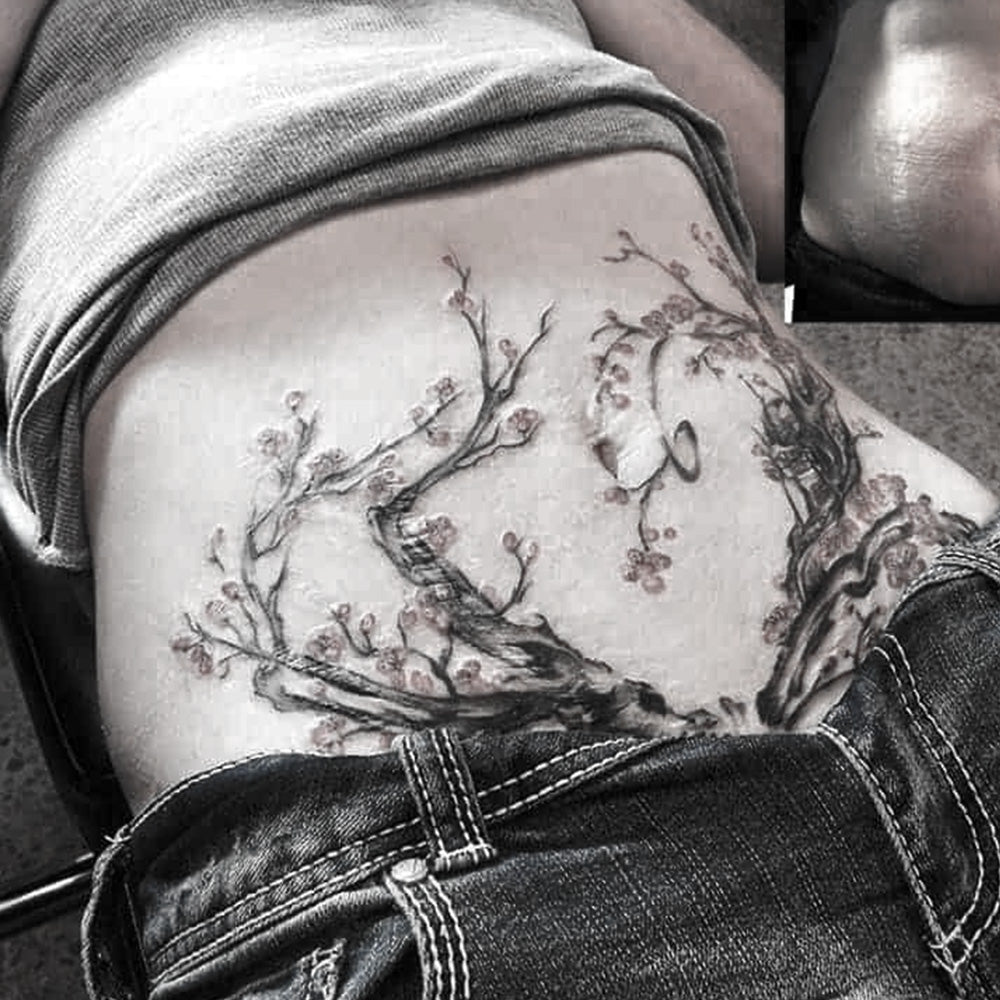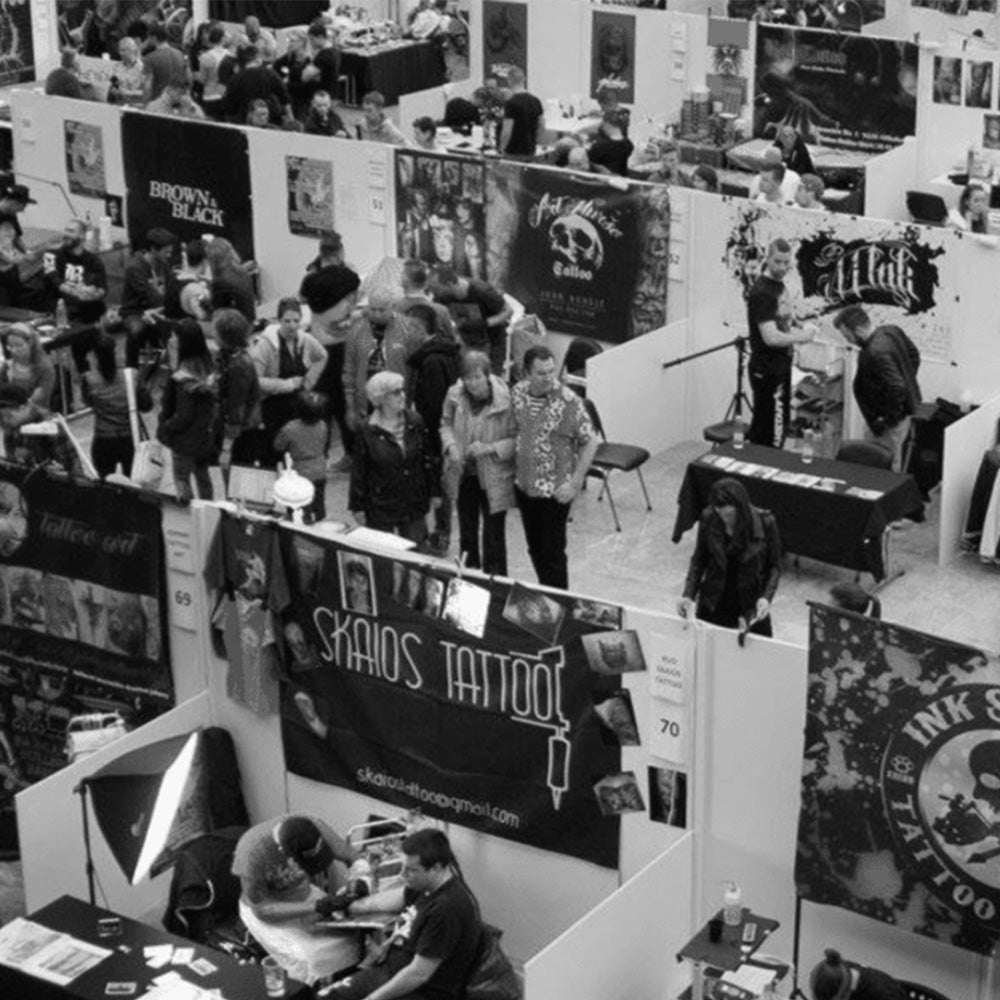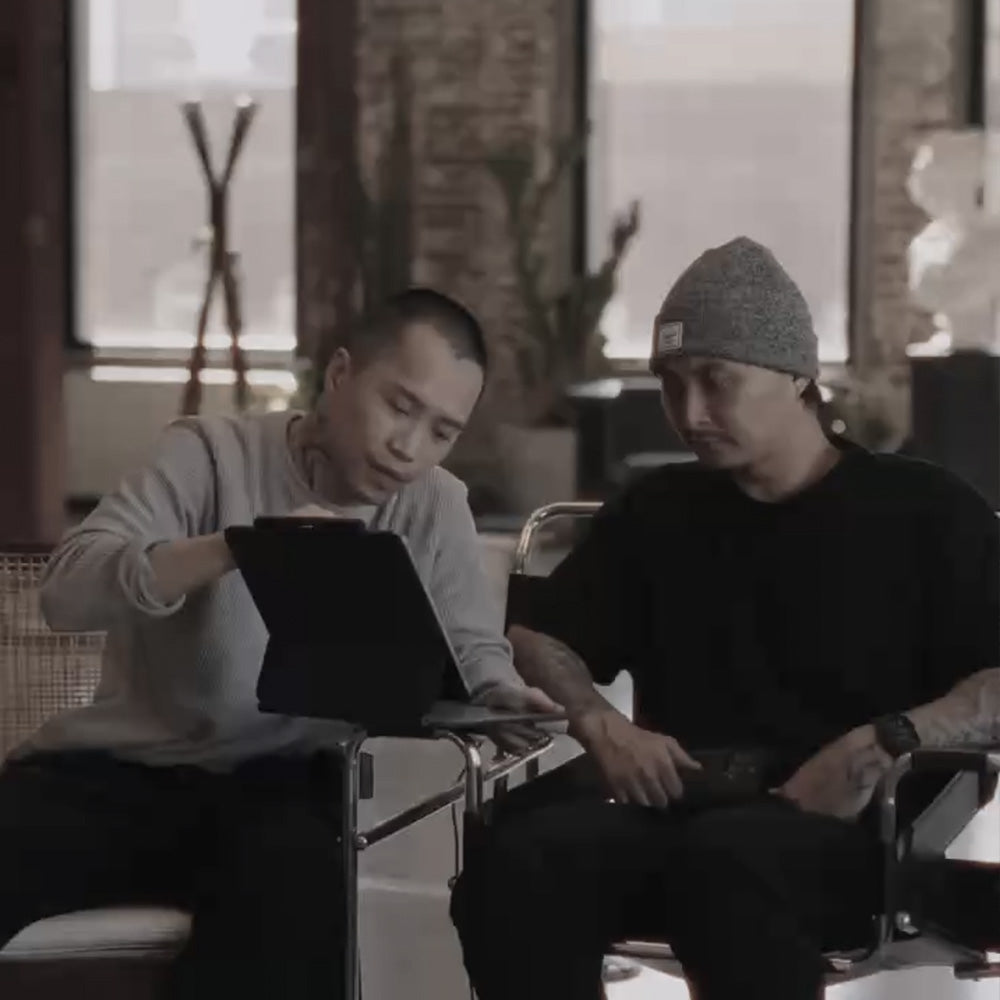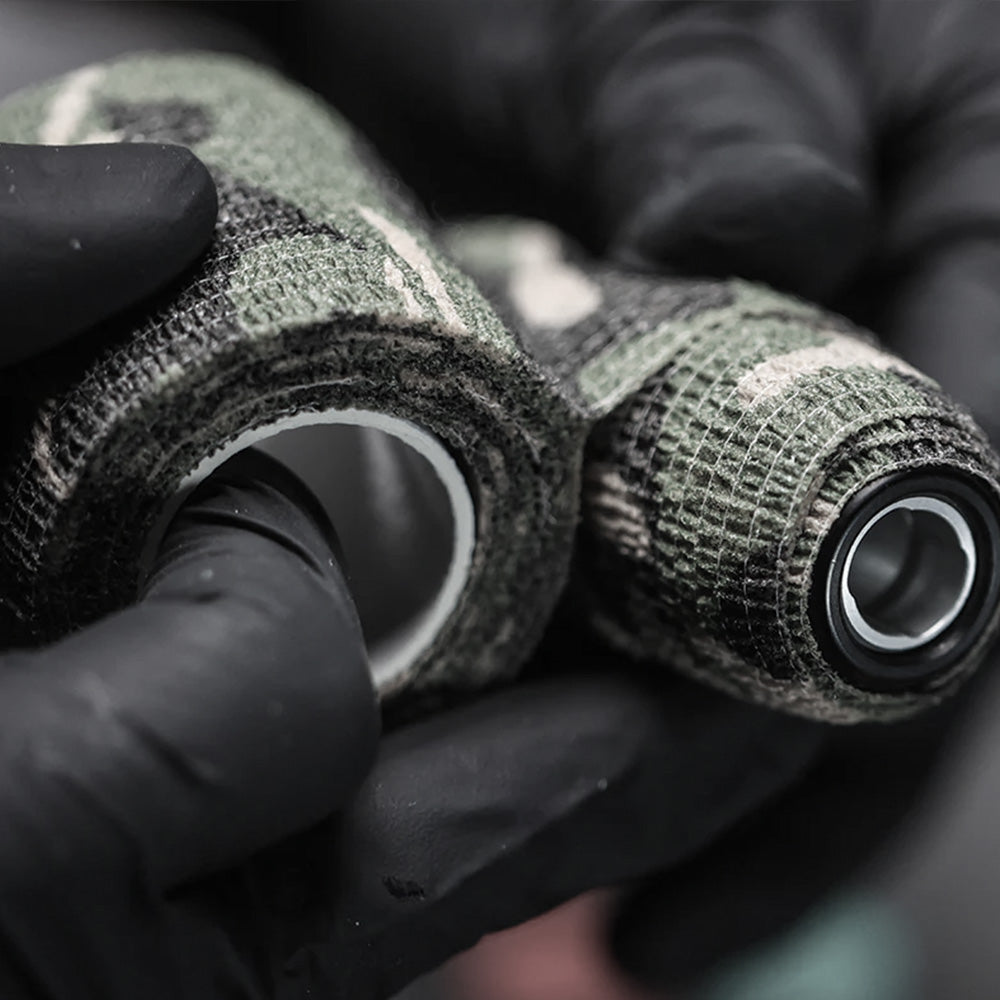Qué es un tatuaje de línea fina: Guía profesional para tatuadores
Fine line tattoos have become the most requested style in modern tattooing. Clients constantly show delicate, minimalist designs from social media, but many artists struggle to deliver the precision these tattoos demand.The challenge isn't just artistic - it's technical, requiring specialized tattoo kit and techniques.

¿Qué hace que los tatuajes de líneas finas sean diferentes para los artistas?
Fine line tattoos mostly use 1RL to 7RL needles,traditional tattoo usually use 3RL-15RL This means every hand movement and machine setting becomes visible. Unlike bold work where inconsistencies can be masked, fine line tattoos reveal every technical flaw.
Tatuajes de líneas finas frente a tatuajes normales: Principales diferencias
Line Weight: Traditional tattoos create bold outlines that age gracefully.Fine line produces delicate lines requiring perfect initial execution.
Healing: Fine lines are more susceptible to blowouts due to minimal ink deposit. Traditional thick lines have more healing margin for error.
Longevity: Both styles fade, but fine lines may need touch-ups sooner due to lower ink saturation.
¿Qué aguja funciona mejor?
Single Needle (1RL)
Best for: Ultra-precise details, script, botanical work.
Skill Level: Advanced - requires exceptional control
Three Round Liner (3RL)
Best for: Developing fine line skills, small geometric patterns
Skill Level: Intermediate to advanced - offers slight forgiveness
Five Round Liner (5RL)
Best for: Transitional work between fine line and traditional
Skill Level: Intermediate - builds confidence
How to Master Fine Line Technique?
Tattoo guns Setup
Voltage: 5-7V (vs traditional 8-12V)
Needle Protrusion: 1-2mm maximum
Machine Type: Rotary often provides better control
Hand Speed: Consistent, moderate pace prevents skipping or overworking.
Needle Depth: Shallow, consistent penetration is crucial.
¿Cómo evitar los errores más comunes en las líneas finas?
Overworking: Fine lines need fewer passes.Multiple passes cause blowouts.
Wrong Ink: Choose high carbon content blacks for better thin-line retention.
Inconsistent Pressure: Varying pressure creates uneven line weights that show immediately.
hustle butter tattoo aftercare:This is undoubtedly an important step

¿Qué calidad de aguja es más importante?
Professional fine line needles require:
Manufacturing Precision: Consistent taper and point sharpness
Material Quality: Surgical-grade stainless steel
Surface Finish: Smooth for optimal ink flow
Modern cartridge systems offer consistent ink flow advantages, but needle quality within the cartridge is paramount.
Aguja YES: Diseñada para la excelencia en el trazo fino
Standard needles weren't designed for fine line precision. YES Needle was developed specifically for these unique challenges.
Por qué la aguja YES ofrece resultados superiores
Precision Manufacturing: Microscopic quality inspection ensures consistent geometry.
Optimized Design: Proprietary features engineered specifically for fine line ink flow.
Professional Testing: Field-tested by fine line specialists across different skin types.
Consistent Performance: Reduced variables mean predictable results.





